Assistant Professor
Molecular and Cell Biology Laboratory

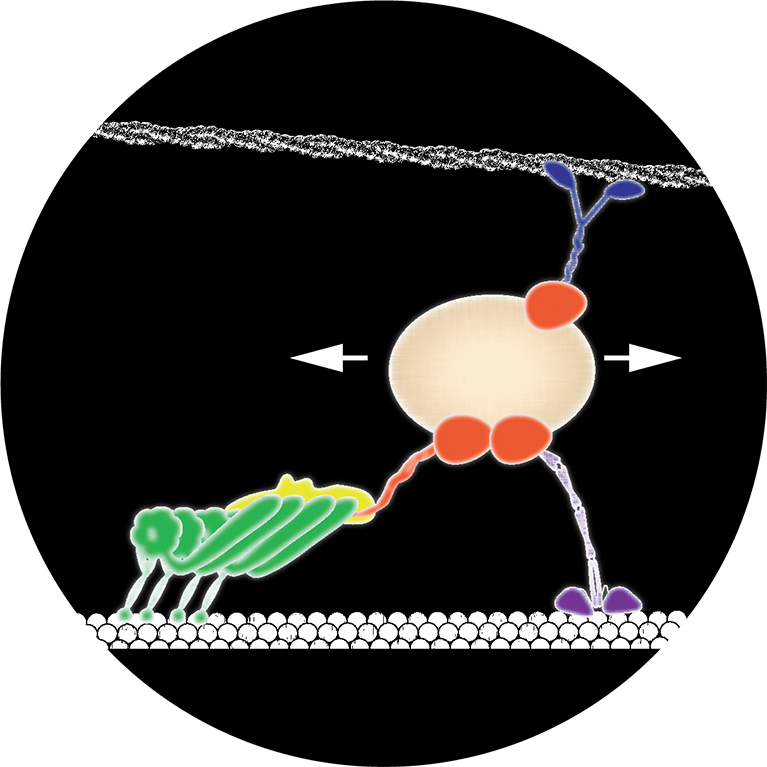
Cells use molecular motors to transport the necessities for proper cellular function. These highly dynamic, energy-driven molecular machines travel along a cellular highway system—called the cytoskeleton—to transport diverse cargo such as organelles, vesicles, mRNA, and viruses. Cells have different types of motors that can move in opposite directions or on different cytoskeletal tracks. Although transport disruption is linked to cancer and numerous neurological diseases, including Alzheimer’s disease, we still don’t fully understand how these motors work to transport items throughout the cell.
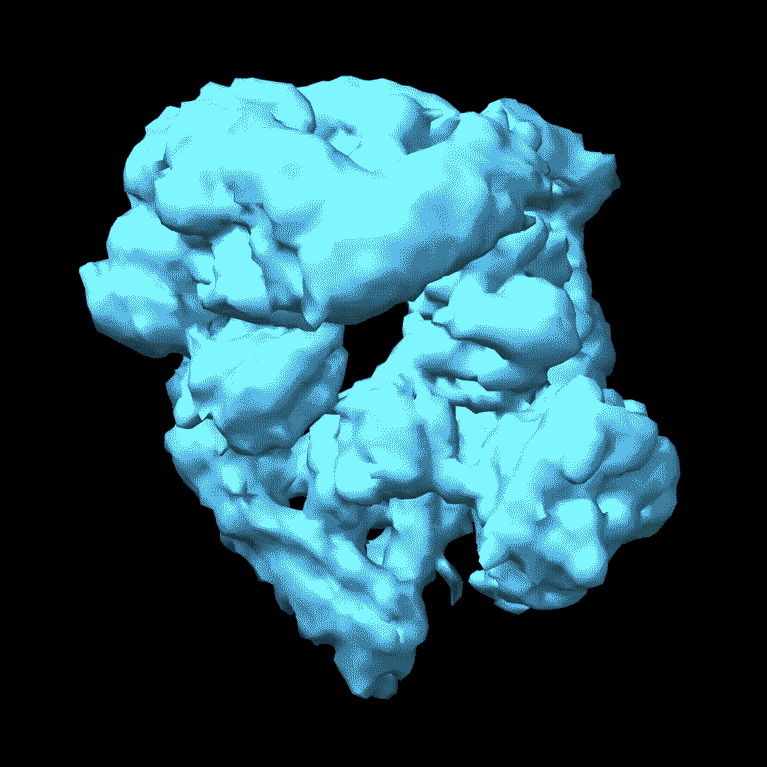
Kendrick investigates how cellular motors are assembled, how they handle diverse cellular cargo, and how they communicate with each other. She uses advanced imaging tools like cryogenic electron microscopy (cryo-EM) combined with single-molecule and live-cell imaging methods to piece together the principles of these motors. Her multidisciplinary approach allows her to unravel how cells transport important materials and how regulating or disrupting that transport either prevents or contributes to disease.
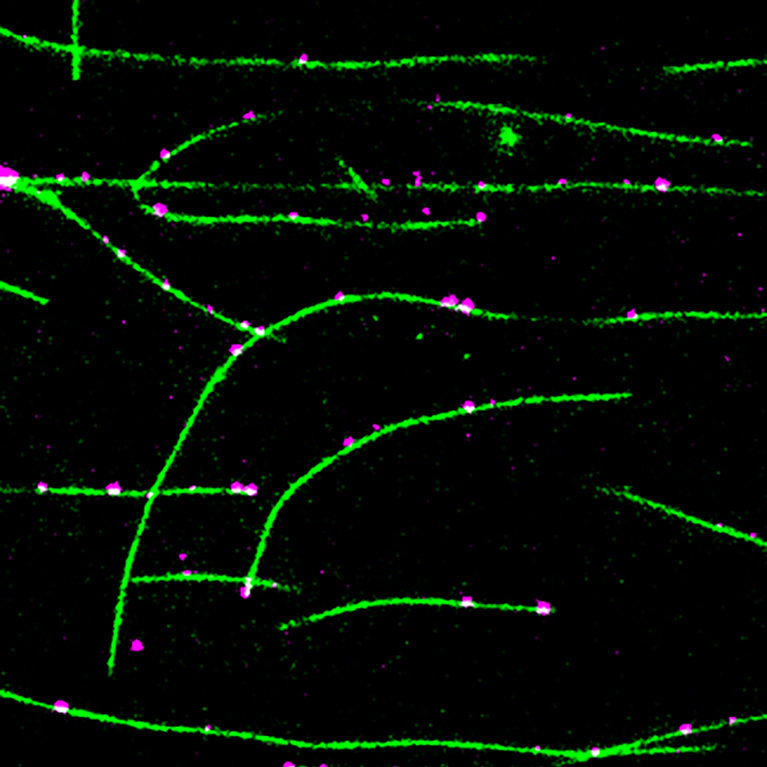
Kendrick discovered a protein that links cellular motors that move in opposing directions and share the same cytoskeletal track.
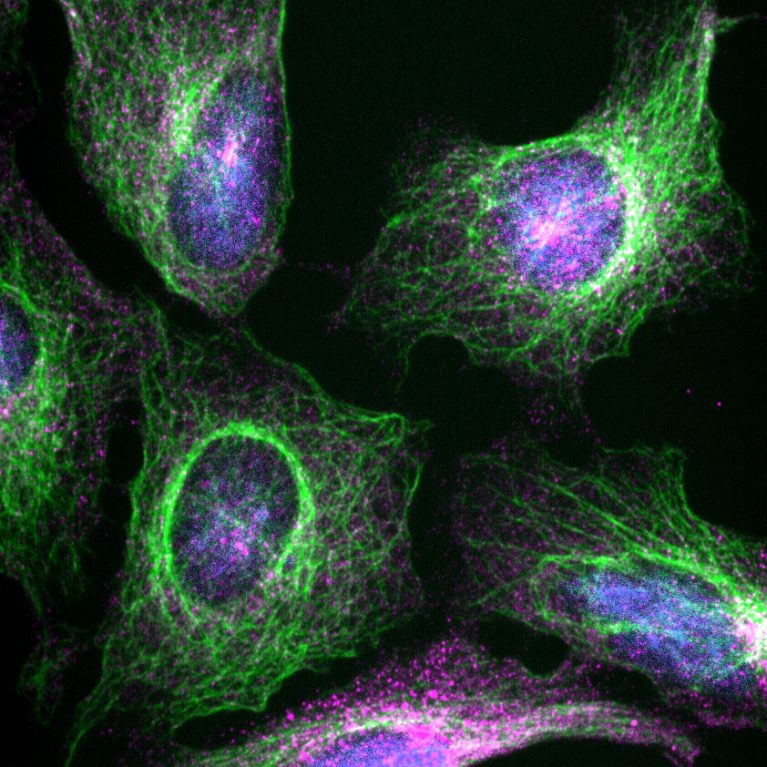
Kendrick showed that a cellular motor called cytoplasmic dynein-1 can carry diverse cargo by creating multiple specialized carrying complexes to attach new cargo.
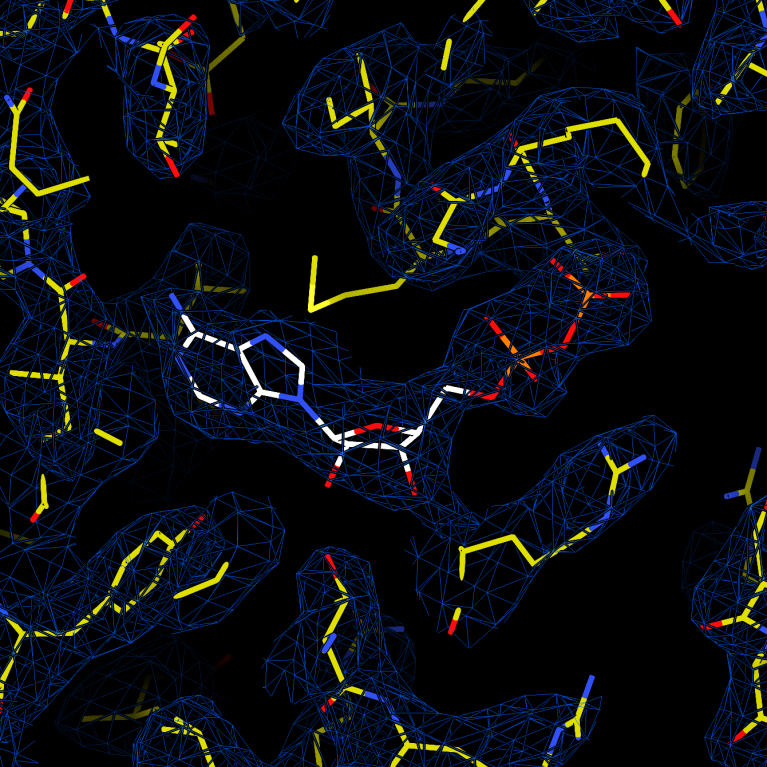
Kendrick contributed to defining the different steps in cellular motor activation.
BS, Chemistry, University of Wroclaw
MS, Chemistry, University of Colorado, Denver
PhD, Structural Biology and Biochemistry, University of Colorado, Denver
Postdoctoral Fellow, Cellular and Molecular Medicine, University of California, San Diego